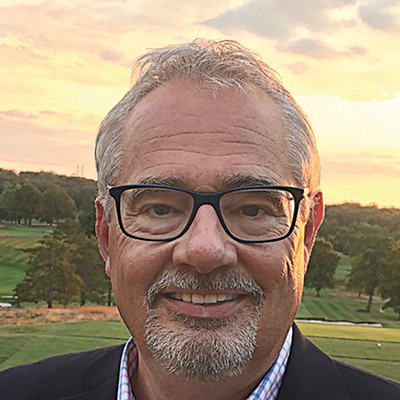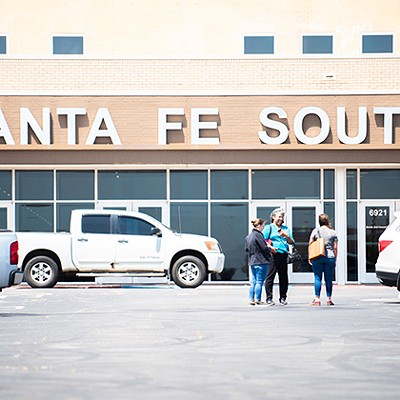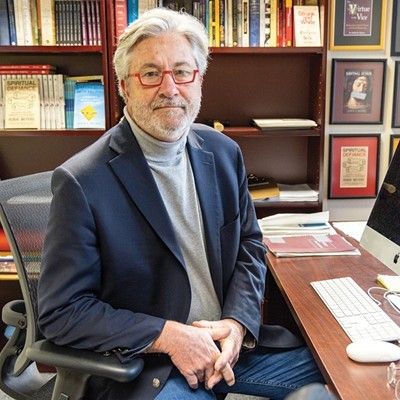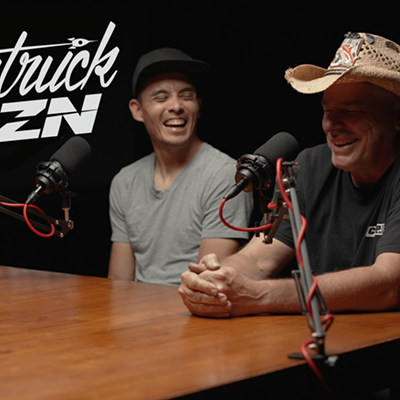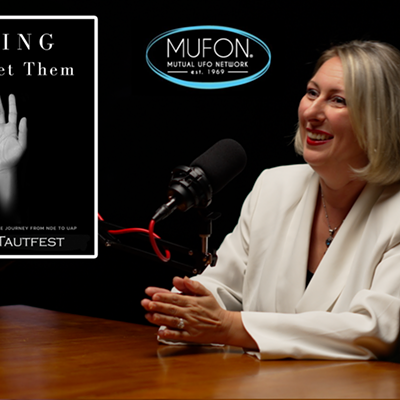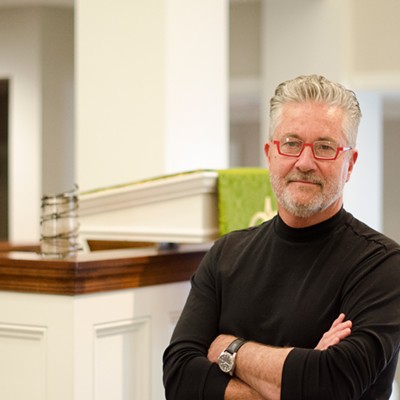I’ve been doing public policy research and writing for nearly 20 years, and during that time, I’ve seen a noticeable shift in how Oklahomans have come to view public education.
The prevailing view has always been that public education refers to a system of government-run schools to which children are bureaucratically assigned based on where they live. And though that is still the prevailing view, it’s changing.
More and more, public education is understood in terms of our societal goal of ensuring an educated public. Pennsylvania state Sen. Anthony H. Williams, a liberal Democrat, puts it well: “An innovative and productive public education system can include home schooling, parochial schools, private schools, cyber schools, public charter schools and, yes, traditional public schools — all of which I support” (reported via pennlive.com, March 6, 2011).
As it happens, Oklahoma is somewhat of a leader in the burgeoning movement to give parents more options.
Long gone are the days of my childhood, when nearly everyone went to the public school closest to their house.
Today, Oklahoma has public charter schools, magnet and specialty schools, virtual schools and a vibrant homeschool sector. A growing number of children are using vouchers and tax-credit scholarships to attend private schools.
The newest innovation is education savings accounts (ESAs). Soon to be considered on the Oklahoma Senate floor, ESAs allow parents to bank a portion of their child’s per-pupil funding and use the money for private-school tuition, tutoring, online learning or a customized mix of options.
Curious what Oklahomans think of education choice, I commissioned SoonerPoll help find out the answer with a question that acknowledges its pros and cons. In a January survey of likely voters (margin of error ±4.34 percent), respondents were asked, “Some people say that educational choice programs — such as vouchers, tax credits and ESAs — give parents the power to choose the school that works best for their child and puts pressure on all schools to do a better job educating children. Other people say that educational choice programs rob public schools of the funds they need to improve and allow a select few students to get a better education while other students are trapped in their current schools. Which viewpoint comes closest to your own?”
Education choice prevailed with 52.5 percent of respondents.
“If it were your decision and you could select any type of school,” SoonerPoll also asked, “what type of school would you select in order to obtain the best education for your child?”
A traditional public school was the choice of 40.4 percent of respondents, while 43.2 percent said private or parochial school, 8.1 percent said charter school and 7 percent said homeschool. (In the Oklahoma City metro, 33 percent chose a traditional public school and 67 percent choosing something else.) Education choice is a growing trend. After all, parents — not government officials — have the moral right to determine a child’s path. Policymakers should fund students, not systems.
Brandon Dutcher is senior vice president at the Oklahoma Council of Public Affairs (OCPA), a free-market think tank.
Print headline: An argument for education choice


